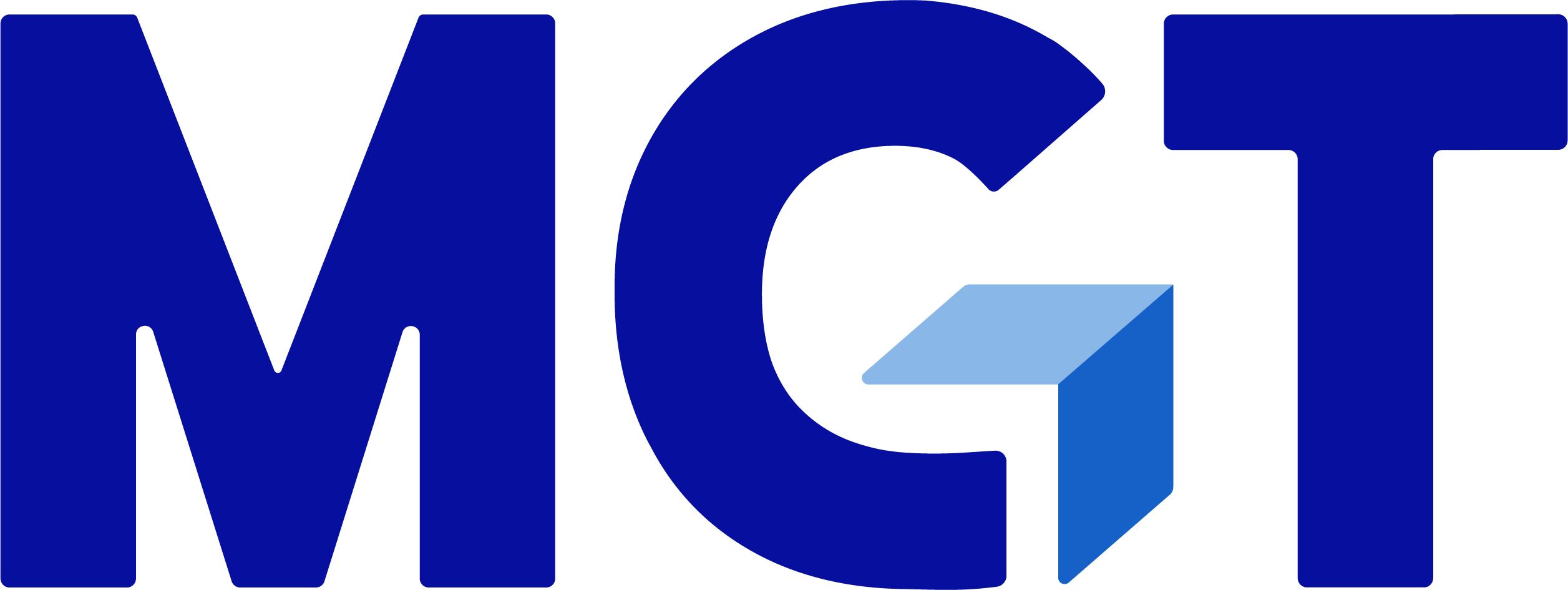A Cure for the Tapeworm of the Economy?
About two years ago, I wrote about the “Tapeworm of the Economy,” which opined that ballooning healthcare costs are overwhelming the U.S. economy. As a recap, consider the following:
- In the past 30 years, healthcare spending as a percentage of the GDP has nearly doubled in the United States—rising from 9 percent to 17.6 percent.
- While we were once in line with other developed countries in per capita healthcare spending, today no other developed country in the world spends more than 12 percent of its GDP on healthcare—and most spend far less. The average developed country spends $3,153 per capita for healthcare, compared with $8,233 in the U.S.
- Moreover, if the U.S. spent the same GDP percentage on healthcare as the average developed economy does, nearly $1.2 trillion would be saved—roughly equivalent to the federal government’s 2011 corporate and individual tax revenue combined.
Those facts are astonishing, but at least a partial solution may be coming into focus: predictive analytics and preventative medicine. New technologies and strategies have the potential to both improve outcomes while simultaneously lowering costs.
For example, consider the company Theranos. Theranos is working to disrupt the $73 billion diagnostic lab industry, i.e. the industry that strikes fear into hundreds of thousands of Americans each year by pricking us with needles and drawing samples of our blood for testing. Theranos will soon be able to perform nearly 1,000 of the most commonly ordered blood diagnostic tests (a critical component of care, given that these tests drive nearly 70 percent of doctors’ medical decisions), and the company does this all while only taking a drop or two of your blood through what could be described as a gentle pinch.
But most importantly, Theranos is doing this at a fraction of the cost – specifically one tenth of the cost. And while these short-term savings are great, there is so much more savings to be had from this company. Due to its reduced cost and less intrusive nature, this product enables preventative medicine by increasing access to blood diagnostics. Instead of simply getting your blood drawn once a year at most, you will be able to get your blood tested for about $2.99 at your local WalGreens. This allows a baseline to be created and monitored – as opposed to a snapshot of your health, you instead will be able to monitor it constantly and find irregularities. This allows you and your providers to quickly identify things such as early stage cancers and or see signs pointing to the onset of diseases such as diabetes well in advance. By addressing these issues early (or preventing them altogether), we will save billions of dollars and improve quality of life.
But it isn’t just private companies that are getting in on the power of preventative medicine. Hospital networks across the nation are using electronic health records and natural language processing to reduce costs. For example, Geisinger Health, with nine hospitals spread across Pennsylvania, has had success saving money and improving health by analyzing its vast stores of data to identify the sickest and most at-risk patients, and then subsequently intervening with appropriate prevention and treatment. The company can predict patients who are at most risk for a variety of illnesses – heart failure, diabetes, strokes, etc. – and then work with them to intervene before the illness reaches a critical (and very expensive) state.
So what is enabling this? Technology development is obviously a driver in some instances (such is the case with Theranos), but more specifically, the healthcare industry is on the precipice of data explosion. The healthcare industry is not necessarily producing more data, but rather producing data that is digital and therefore accessible. Over the past decade, hospitals, clinical labs, and physician offices have moved from stacks of manila folders to bits and bytes and cloud storage. Electronic health record use has increased 5-fold in healthcare institutions since 2008, and now 9 out of 10 hospitals possess EHR technology.
We are just beginning to scratch the surface of preventive medicine and the power of predictive analytics. And while we are certainly not there yet, we will eventually need to balance prediction and prevention with ethical and privacy concerns. But looking towards the future of healthcare, it is clear that these new companies and technologies will be critical to stymieing healthcare costs in America.
This post is part of an ongoing series of data-driven commentary on current events. It was originally published in the Zion’s Bank Economic Outlook Newsletter and the Deseret News.

Randy Shumway
Founder and Chairman
Randy Shumway founded Cicero Group (www.cicerogroup.com) in 2001. It began humbly, with four people working out of Randy’s house. At the beginning of 2017, when Randy stepped down as CEO, Cicero had grown to a highly-respected, global management consulting firm.

Start a Conversation
Thank you for your interest in Cicero Group. Please select from the options below to get in touch with us.
